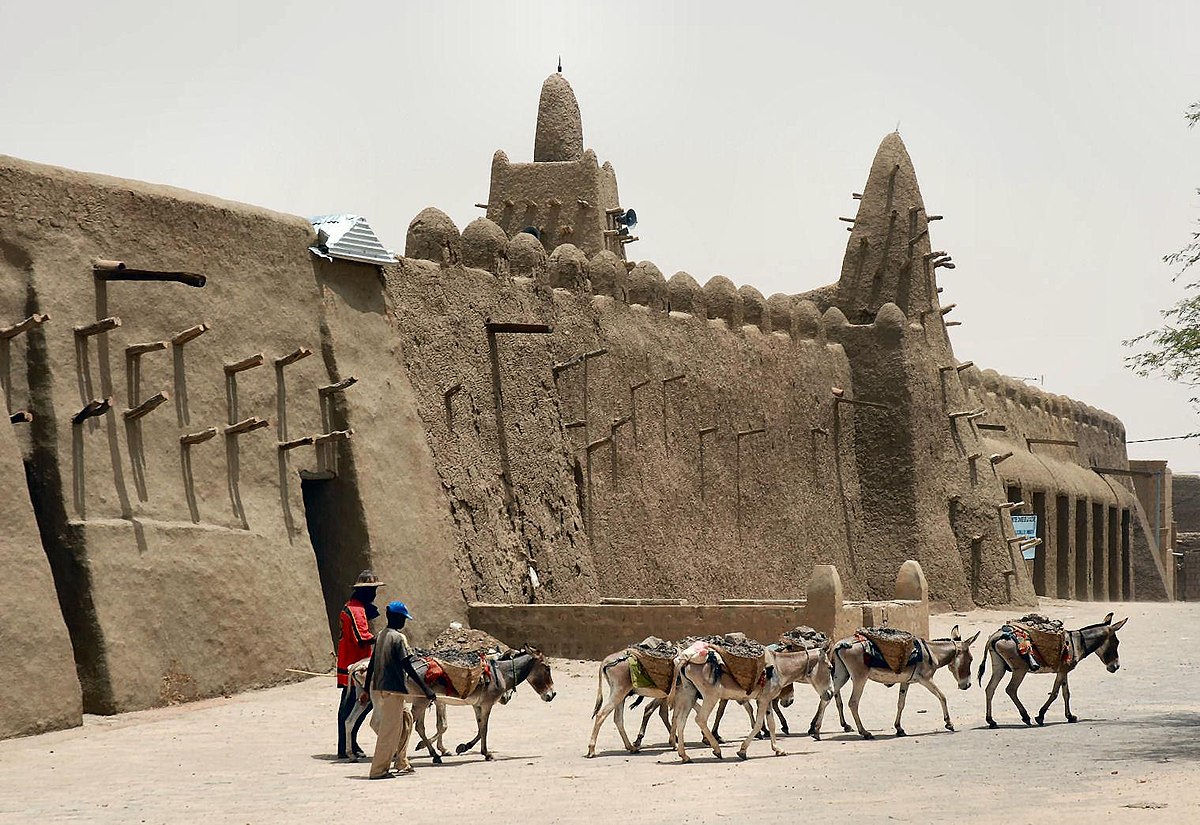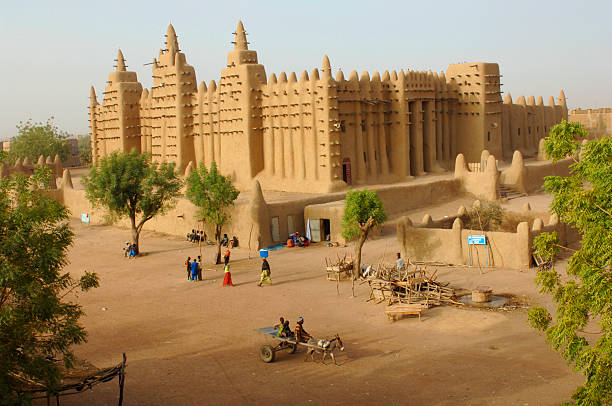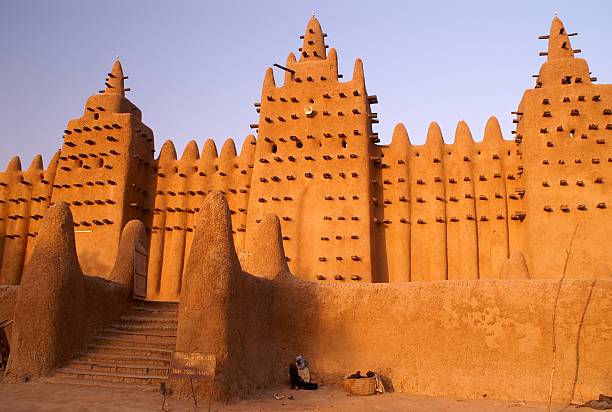Located in central Mali, the town of Timbuktu is unique for being a link between sub-Saharan Africa and the Sahara Desert. Situated on the Niger River, the city is renowned for its extraordinary architecture and rich history. Unfortunately, due to the terrorist threat, it is currently not recommended to travel to this part of the world. Several historic buildings in Timbuktu were destroyed a few years ago.
A Unique Treasure in Africa

Timbuktu is known by several nicknames, such as “the city of 333 saints” and “the pearl of the desert.” It has been a UNESCO World Heritage Site since 1988 but has been listed as a World Heritage in Danger since 2012.
The city has one of the most storied pasts in Africa. Its origins date back to the fifth century. Between the 15th and 16th centuries, Timbuktu reached its zenith, becoming highly influential in trade, culture, education, and religion. The city enjoyed an extremely favorable economic climate, which long fascinated Europeans.
It was during these centuries that the Sankoré and Djingareyber mosques were rebuilt in the style we recognize today, and the Sidi Yahia Mosque was constructed. Timbuktu is now famous for its unique and distinctive buildings. Sixteen mausoleums of saints once attested to the region’s financial and cultural wealth, but sadly, seven of them were destroyed by an armed group.
Sudanese Architecture

The three famous mosques in Timbuktu were built or rebuilt in the Sudanese architectural style, unique to West Africa, particularly in Mali and Nigeria. This architectural style gained its name because these buildings were prominent in the territory that comprised French Sudan in the nineteenth century.
The hallmarks of Sudanese architecture include the use of raw earth and the presence of pilasters. These monumental buildings were constructed using natural elements such as clay, rice husks, and shea butter. To strengthen them, architects added reinforcement pillars. The result is not only impressive but also beautiful and symbolic. These buildings are sturdy and resistant, evidenced by the fact that most of them have stood for several centuries.




